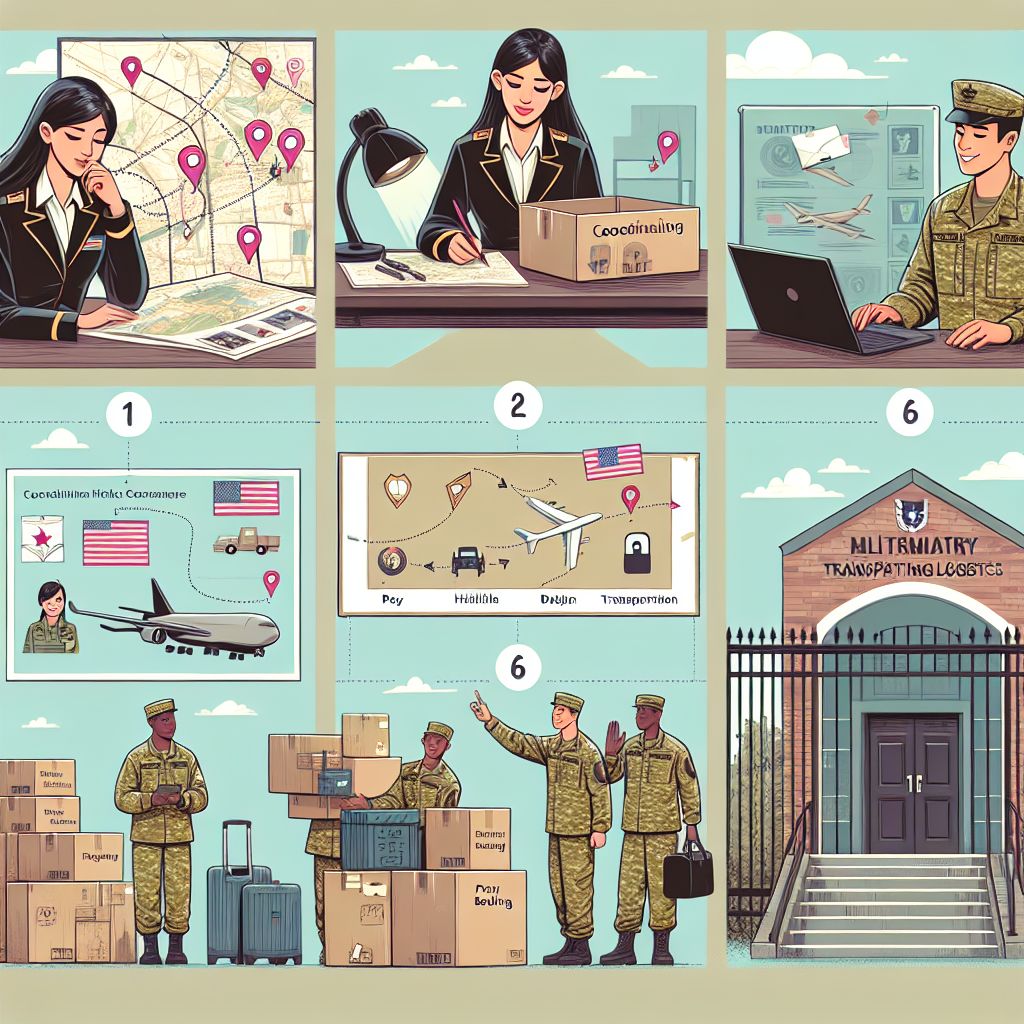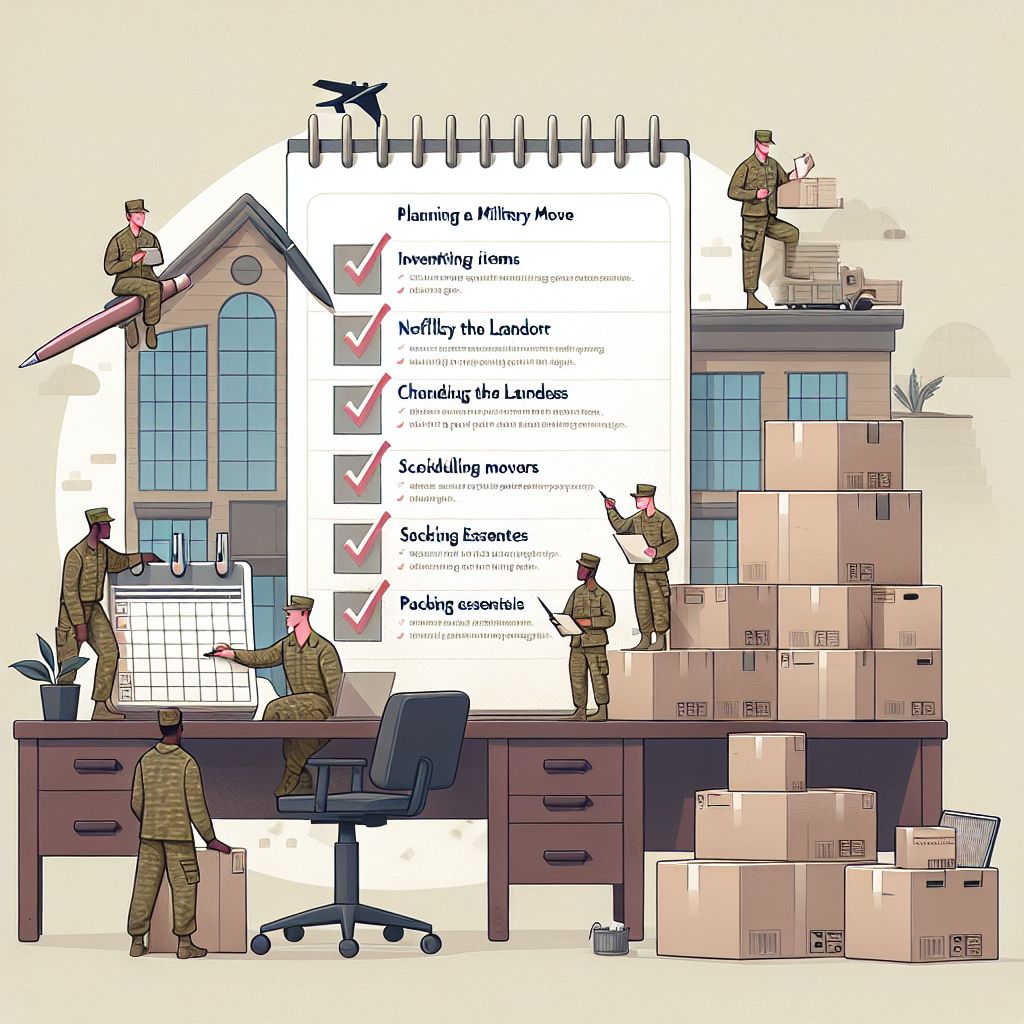
Key Takeaways
Military moves require careful planning and access to unique resources.
Understanding your orders and entitlements is crucial for a successful move.
Using checklists and timelines can greatly enhance the organization of your relocation.
Transport options for personal property and vehicles are available and should be arranged in advance.
Contact us for expert guidance and support throughout your moving process.
What Makes Military Moves Unique
Moving is a significant event for anyone, but for military families, it’s a way of life. The unique challenges of military moves stem from the frequency of relocations, the strict timelines, and the global destinations. Whether it’s a Permanent Change of Station (PCS) or a temporary assignment, every move is a mission that requires precision and adaptability. The good news? You’re not alone. There are specialized services and resources designed to assist military members and their families every step of the way.
Key Resources for Planning Your Move
Before you begin packing your bags, it’s important to know where to find help. The military provides numerous resources to support your move. These include:
MilitaryINSTALLATIONS: A platform to build a customized checklist and access vital information about your new location.
Plan My Move: A tool for creating personalized moving plans with checklists, reminders, and tips.
Basic Allowance for Housing Calculator: An essential resource for understanding your housing allowance and planning your budget accordingly.
These resources are just the tip of the iceberg. For a deep dive into the details of your move and personalized assistance, our team is ready to help you navigate every aspect of your military relocation.

Step-by-Step Guide: Planning Your Military Relocation
Relocating with the military can seem overwhelming, but breaking it down into manageable steps can make all the difference. Here’s a step-by-step guide to help you plan your move with confidence:
Assessing Your Move: Orders and Entitlements
The first step in your moving process is to thoroughly review your orders. These documents contain critical information about your destination, reporting dates, and entitlements. Entitlements are the benefits provided to you for your move, which may include travel expenses, transportation of your household goods, and temporary lodging allowances. Understanding these details is paramount because it directly impacts your moving budget and decisions.
Most importantly, if you have any questions or concerns about your orders or entitlements, don’t hesitate to reach out. Our team is well-versed in military protocols and can help you interpret the jargon and fine print.
Organizing Your Move: Checklists and Timelines
Once you understand your orders, it’s time to get organized. Creating a comprehensive checklist is your next move. This should include everything from setting up your move with the Transportation Office to arranging for your children’s school records to be transferred. Establishing a timeline is equally important. It helps you track your progress and ensures you meet all the necessary deadlines, like scheduling pack-out dates and disconnecting utilities.
Gather important documents (orders, medical records, passports).
Schedule appointments with the Transportation Office and Housing Office.
Begin sorting and purging household items for packing or disposal.
Remember, the sooner you start, the smoother the process will be. Therefore, it’s recommended to begin organizing as soon as you receive your orders. And if you need a helping hand, don’t hesitate to contact us for assistance in creating a tailored moving plan.
Arranging transport for your belongings and vehicles is an essential part of the moving process. The military typically offers two options: a Personally Procured Move (PPM), where you handle the move yourself and may be reimbursed, or a government-arranged move, where an approved moving company takes care of everything. Whichever option you choose, it’s important to understand the weight limits, insurance coverage, and claims process for lost or damaged items.
For vehicle transport, you’ll need to decide whether to drive, ship, or store your vehicle, especially when moving overseas. Early coordination with the Vehicle Processing Center (VPC) is vital to understand the requirements and timelines.
When it comes to moving your personal property, every item counts. Most importantly, keep an inventory of your belongings and consider what you may need immediately at your new location versus what can arrive later. And because we understand the intricacies of military moves, you can contact us for detailed advice on managing your personal property transport seamlessly.
Understanding Housing Allowances
Your Basic Allowance for Housing (BAH) is a key factor in your move. It’s designed to cover the cost of housing when you do not receive government-provided housing. BAH rates vary based on your pay grade, dependency status, and the cost of living in your new location. To get an estimate of your BAH, you can use the online BAH Calculator provided by the Defense Travel Management Office.
Check BAH rates for your new location.
Consider your family’s needs and preferences when planningyour housing budget.
Explore housing options early to make informed decisions.
Understanding your BAH is critical for financial planning, especially if you’re considering off-base housing. If you have any questions about your BAH or need assistance with housing options, our knowledgeable team is here to guide you.
Comparing On-Base Versus Off-Base Living
Choosing between on-base and off-base housing is a big decision that impacts your family’s lifestyle and finances. On-base housing provides a sense of community and security, with amenities and support services tailored to military families. Off-base housing offers more independence and the opportunity to integrate into the local community, but it also comes with additional responsibilities like maintenance and utility payments.
To make the best decision, consider the following factors:
Proximity to work and schools.
Availability and quality of on-base housing.
Your family’s preference for community involvement.
FAQs
At the end of your moving journey, you might still have questions. Let’s address some common inquiries to ensure you have all the information you need for a smooth transition.
What assistance is available for military moves?
Military personnel have access to a wealth of resources for relocation assistance. From government-funded moves to comprehensive checklists and personalized support from relocation assistance programs, the military ensures you are not alone in this process. Additionally, you can receive counseling on moving logistics, financial planning, and housing from your installation’s support services.
Moreover, programs like MilitaryINSTALLATIONS and Plan My Move provide detailed information and customized planning tools. If you’re looking for more hands-on assistance, our team is always ready to help you navigate the complexities of your military move.

How do I get started with planning my military move?
Start by thoroughly reviewing your official orders, which will outline the specifics of your move. Next, visit the Plan My Move website to create a personalized moving plan. This includes scheduling appointments with the Transportation Office, organizing personal and household items, and researching your new duty station.
Are there any costs associated with military relocation?
While the military covers most relocation expenses, there may be out-of-pocket costs to consider. These could include temporary lodging, meals during travel, or unexpected expenses during the move. It’s crucial to understand your entitlements and create a budget to manage any additional costs. Our team can help you anticipate these expenses and plan accordingly to avoid financial stress during your move.
What should I consider when choosing between on-base and off-base housing?
When deciding between on-base and off-base housing, consider factors such as proximity to work, school quality for children, available amenities, and personal preferences for community involvement. On-base housing offers convenience and a built-in military community, while off-base housing provides more opportunities to integrate into the local area.
How can military families settle into a new community effectively?
Settling into a new community takes time and effort. Start by attending newcomer orientations and getting involved with the Military and Family Support Center at your new installation. Explore local schools, parks, and community events to build connections and establish a routine.



